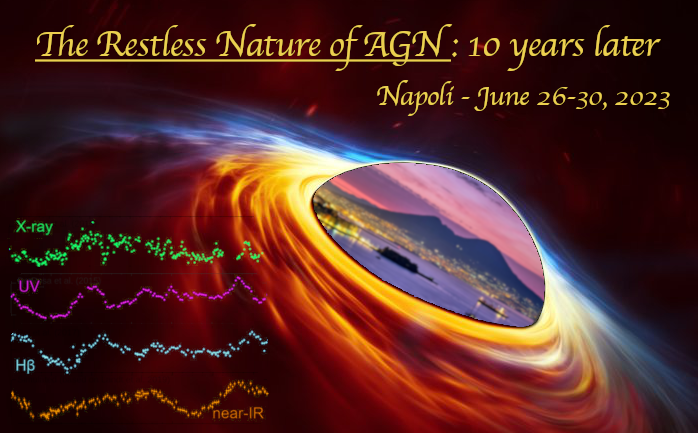Speaker
Description
Stars that interact with supermassive black holes (SMBHs) can be either completely or partially destroyed by tides. In a partial tidal disruption event (TDE), the high-density core of the star remains intact, and the low-density outer envelope of the star is stripped and feeds a luminous accretion episode. The TDE AT 2018fyk experienced an extreme dimming event at X-ray (factor of >6000) and UV (factor of ∼15) wavelengths ∼500–600 days after discovery. Here I will present a model to explain the re-emergence of these emission components roughly 1200 days after discovery. We find that the source properties are similar to those of the predimming accretion state, suggesting that the accretion flow was rejuvenated to a similar state. We propose that a repeated partial TDE, where the partially disrupted star is on an ∼1200 day orbit about the SMBH and periodically stripped of mass during each pericenter passage, powers its unique light curve. I will discuss the details of this model and the broader implications for the interpretation of other repeating nuclear transients.

